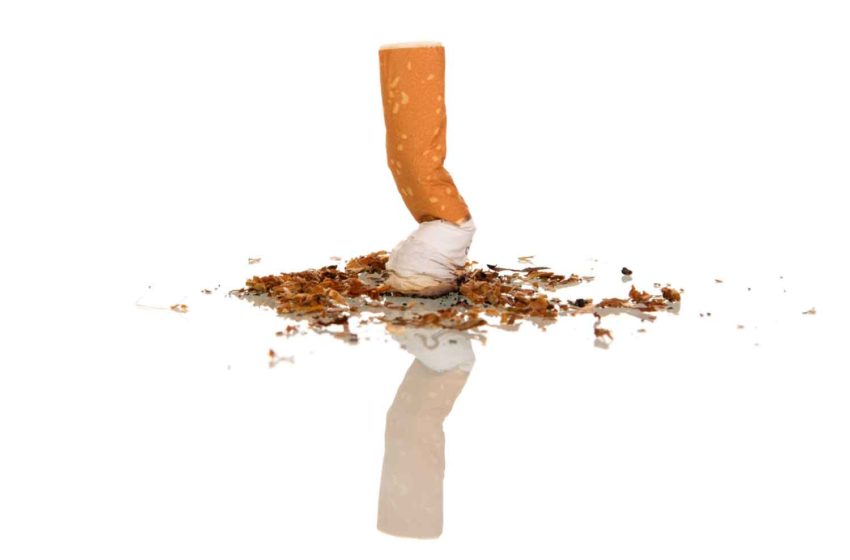PAHO Reports Progress Against Smoking
- Featured News This Week
- August 18, 2022
- 0
- 2 minutes read


Some 900 million people, or 96 percent of the population, of the 35 countries of the Americas are currently protected by at least one of the six tobacco control measures recommended by the World Health Organization, up 50 percent from 2007, according to a new report by the Pan American Health Organization (PAHO).
While 26 countries in the region have achieved the highest level of application of at least one measure, other measures, such as increased tobacco taxes, have made slow progress, and nine countries have not yet taken any action.
The report shows that, in 2021, of 35 countries in the Americas:
- 24 are implementing measures to protect against exposure to secondhand smoke;
- 22 require large graphic warnings on tobacco packages;
- 10 have surveillance systems with data on tobacco use;
- six offer a comprehensive system to help people quit smoking;
- nine ban tobacco advertising, promotion and sponsorship;
- three apply indirect taxes to cigarettes that account for at least 75 percent of the retail price; and
- seven ban the sale of electronic nicotine-delivery systems.
According to the PAHO, progress in the application of the World Health Organization’s MPOWER principles has helped reduce the prevalence of tobacco use from 28 percent of the region’s population in 2000 to 16.3 percent in 2020, the second lowest in the world. In 2020, South America became the first smoke-free subregion of the Americas, where smoking is absolutely prohibited in enclosed public places, in workplaces and on public transport.
The PAHO report warns that new and emerging nicotine and tobacco products, such as e-cigarettes, are becoming increasingly available and accessible. The group urges governments to enact regulations that prevent nonsmokers from starting to use these products and prevent tobacco use from becoming socially acceptable again.